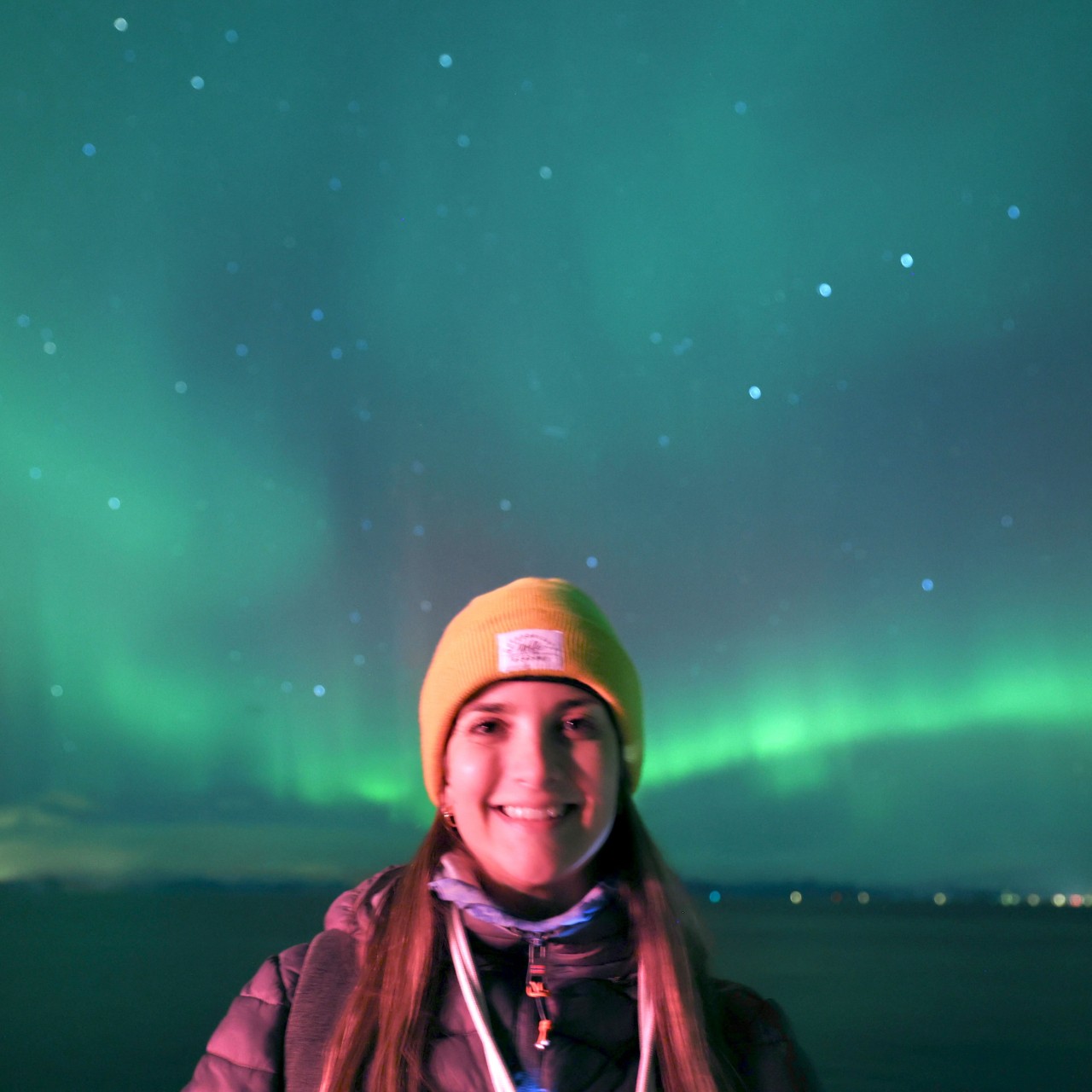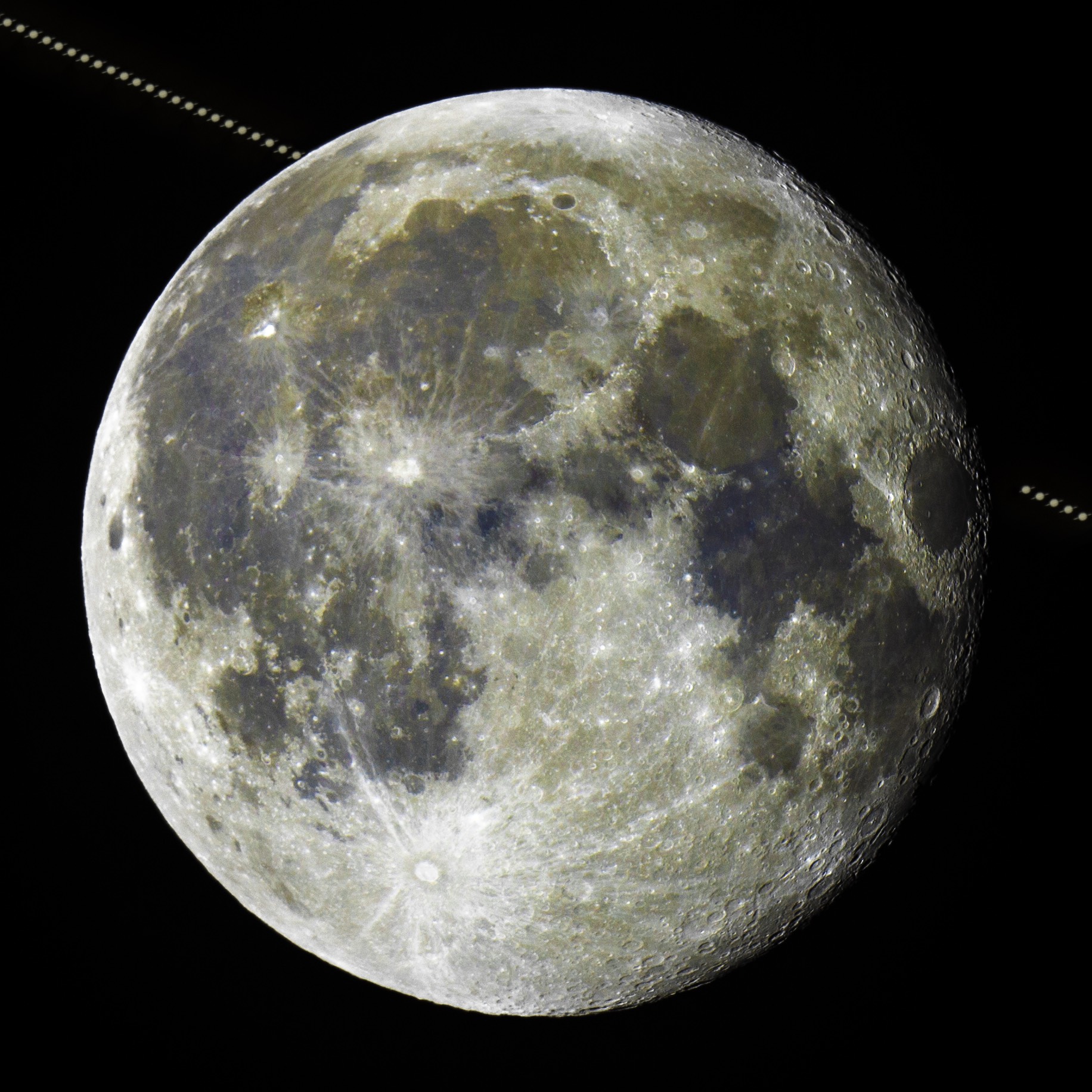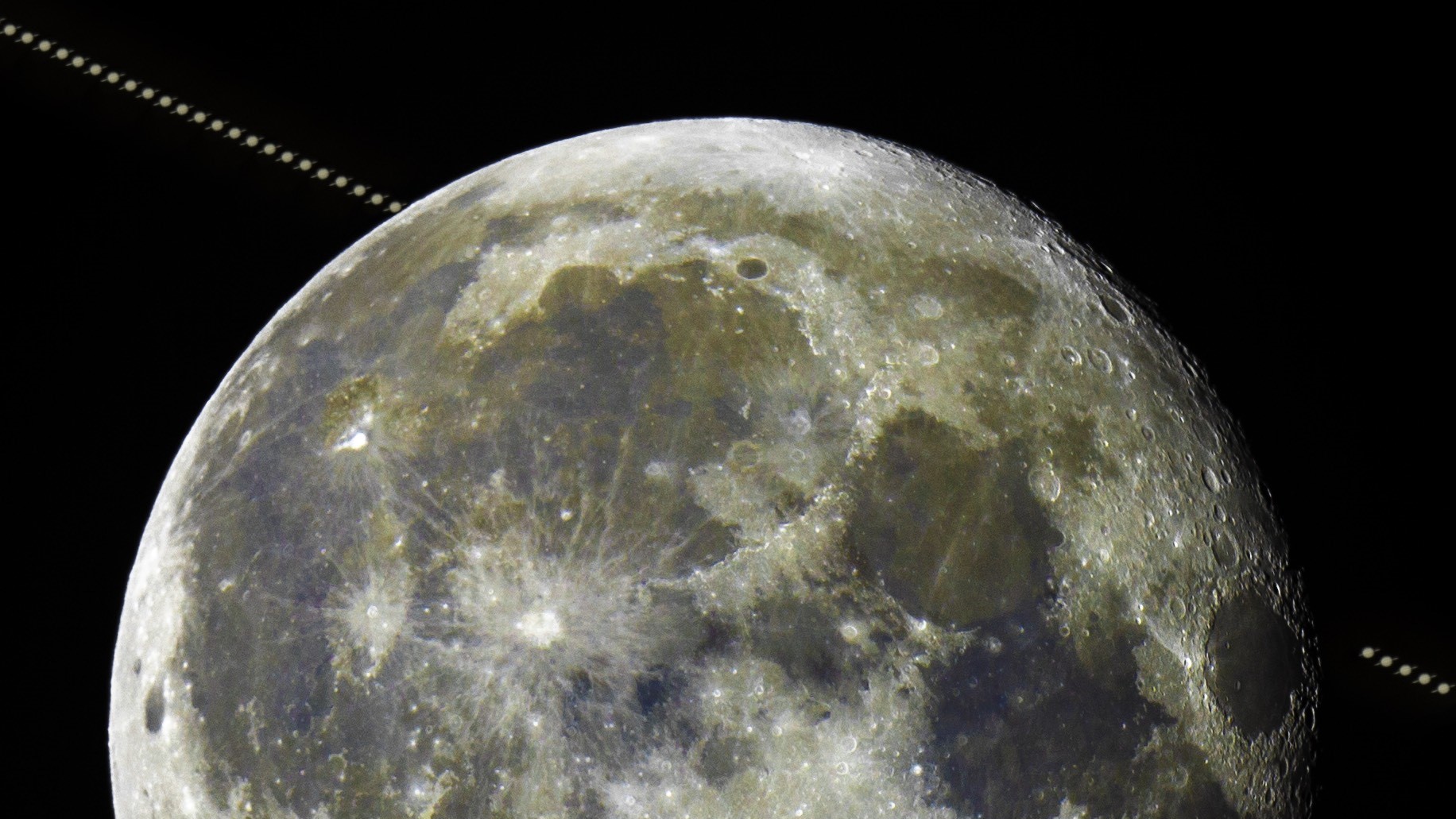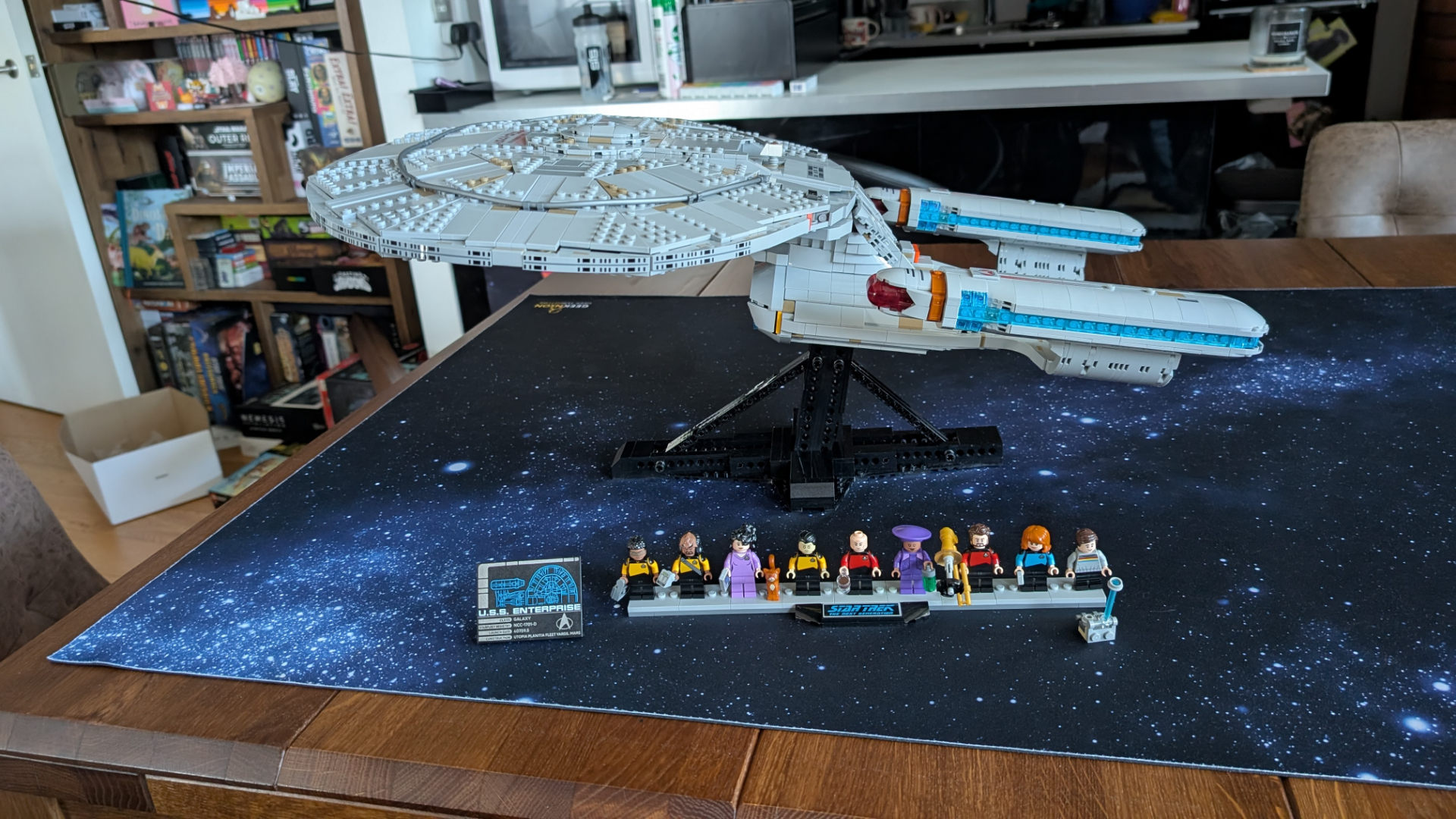Astrophotographer captures Saturn vanishing behind the moon in mesmerizing photo
The lunar occultation occurred in the early hours this morning (Aug. 21)
In the early hours of Wednesday morning (Aug. 21), the moon and Saturn pulled off quite the vanishing act, though it was rather shortlived.
Saturn appeared to abscond behind the moon for around an hour, in what is known as a "lunar occultation." Countries with a good front-seat view of this act were Brazil, Portugal, Spain, France and the U.K., according to In-The-Sky.org.
If you weren't well placed to see the lunar occultation (or simply couldn't get out of bed this morning), you're in luck because photographer Josh Dury was up bright and early to capture the event from his location in Somerset, U.K. "I have waited years to see a lunar occultation of Saturn. What can be more majestic than one of the most famous planets of the solar system being obscured by the moon?" Dury told Space.com in an email.
Dury captured this photograph between 4:00 and 5:27 a.m. local time (BST) (11:00 p.m. EDT and 12:27 a.m. EDT). The image consists of 30 sub-images merged into a single frame.
"From days of watching weather forecasts, I did consider travelling for this event. However, I decided to stay local and see what I could get," Dury explained.
Despite the issues with the British weather, Dury successfully captured the occultation unfolding in the predawn sky.
"The beginning of the event was clear however [the] cloud grew in intensity throughout the event. Therefore, I was only able to catch a few images, at the time of the third contact when Saturn emerged on the other side of the moon." Dury continued.
Breaking space news, the latest updates on rocket launches, skywatching events and more!
If you missed this stargazing sight, don't worry: there will be another lunar occultation of Saturn on Sept. 17, 2024, between 4:08 a.m. and 8:07 a.m. EDT (0808-1207 GMT). It will be visible along the western United States. Australia, western Canada and north-western Mexico, no name but a few. To see if the occultation is visible from your location check out IntheSky.org.
Never miss a night sky sight again with our night sky tonight page and monthly skywatching calendar.
And if you want to photograph close encounters between the moon and Saturn (or any other planet), we have tips for how to photograph the moon and how to photograph the planets, as well as guides to the best cameras for astrophotography and best lenses for astrophotography.

Daisy Dobrijevic joined Space.com in February 2022 having previously worked for our sister publication All About Space magazine as a staff writer. Before joining us, Daisy completed an editorial internship with the BBC Sky at Night Magazine and worked at the National Space Centre in Leicester, U.K., where she enjoyed communicating space science to the public. In 2021, Daisy completed a PhD in plant physiology and also holds a Master's in Environmental Science, she is currently based in Nottingham, U.K. Daisy is passionate about all things space, with a penchant for solar activity and space weather. She has a strong interest in astrotourism and loves nothing more than a good northern lights chase!


